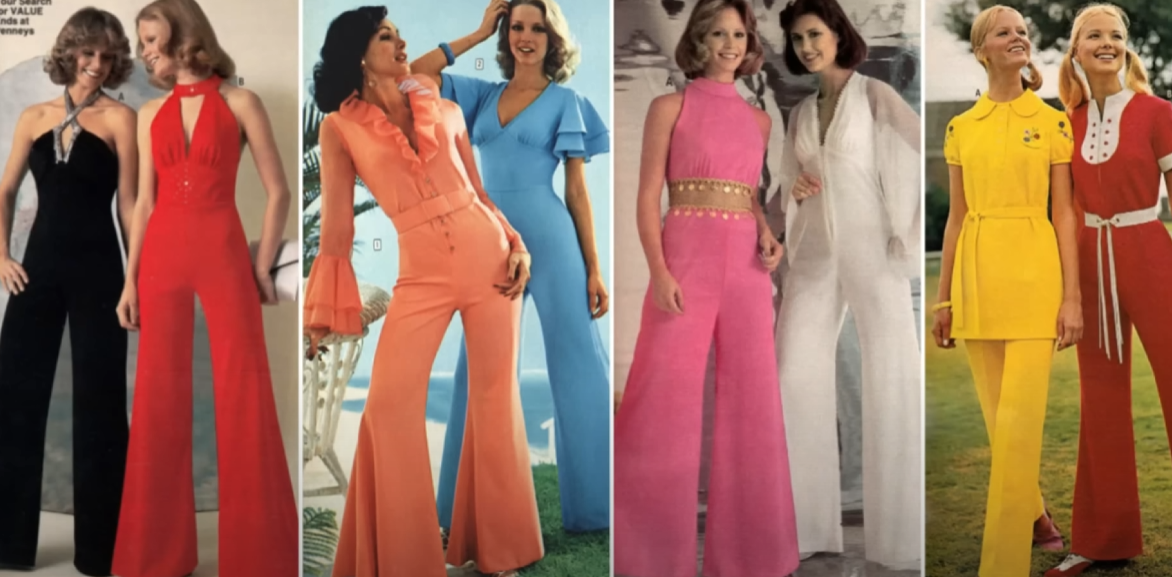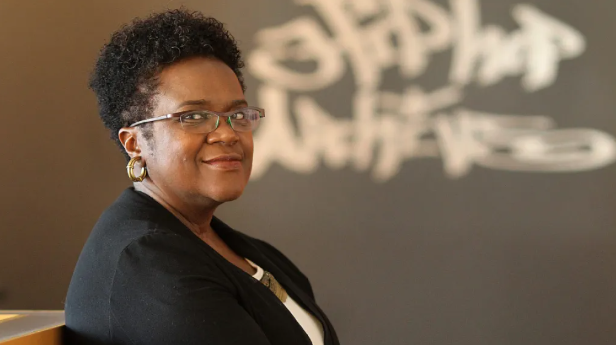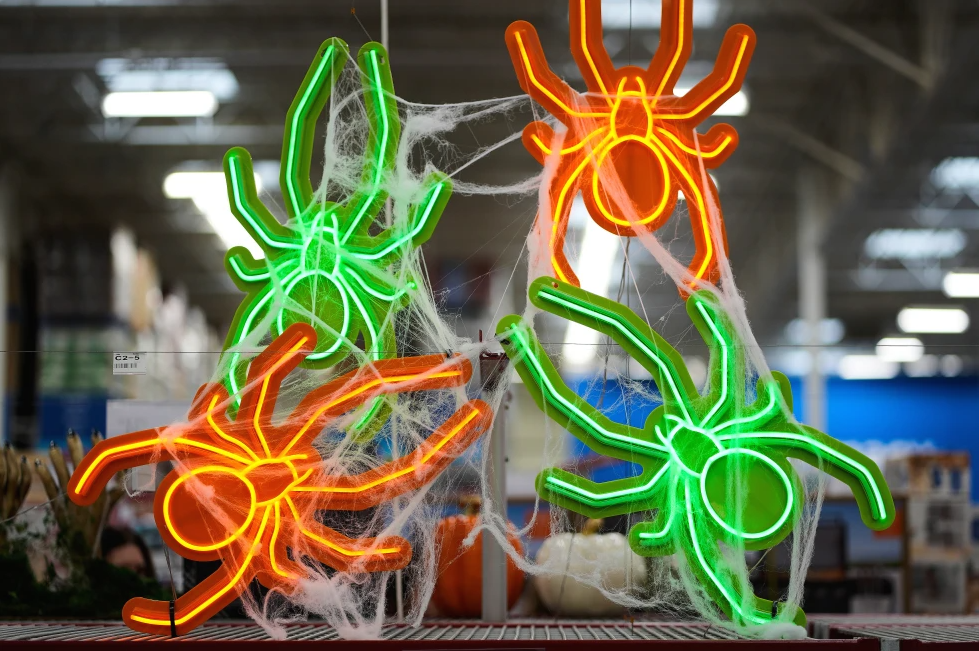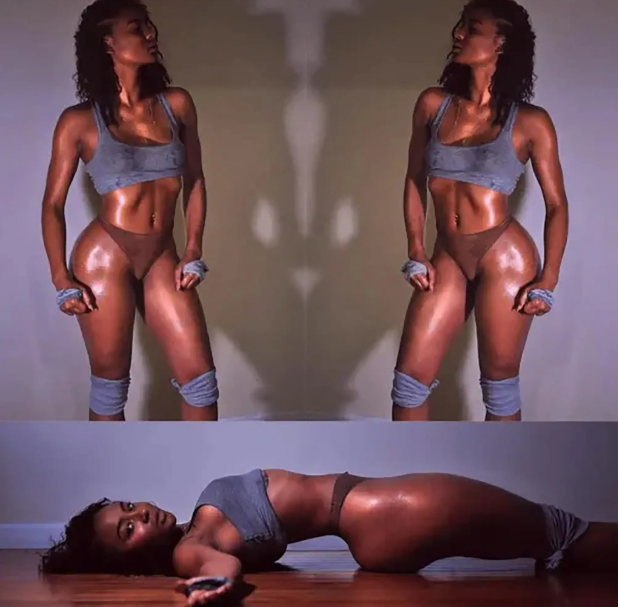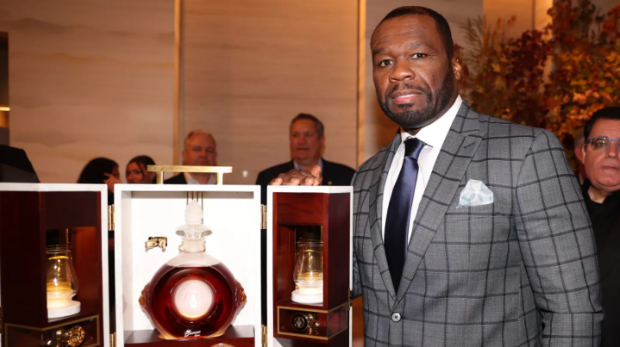The 1970s were a groundbreaking decade in fashion, leaving a lasting influence that is still felt today. Characterized by individuality, glamour, and a sense of freedom, the era blended bold new ideas with vintage elements. The enduring style of the 1970s has shaped designers, celebrities, and everyday wardrobes, featuring tailored silhouettes and disco-inspired flair. Let’s explore the key events and fashion movements that defined this transformative period and how they continue to resonate in modern styles.
### The Rise of Effortless Glamour: Embracing Comfort and Tailoring
The early 1970s marked a shift towards a more relaxed fashion vibe. Unlike the structured, tight-fitting attire of the 1950s and 1960s, the 1970s celebrated comfort without sacrificing style. As cultural norms evolved, formal wear gave way to more practical and relaxed clothing, allowing women to enjoy greater freedom in their movements both socially and physically.
### Iconic Looks from Fashion Icons
The 1970s birthed numerous style icons whose fashion choices became emblematic of the decade. Celebrities like Goldie Hawn, Diana Ross, and Bianca Jagger set new trends with their effortlessly chic looks.
– **Diana Ross in Bronze Satin (1970)**: In a stunning bronze satin dress, Ross embodied the glam of the 1970s, showcasing the decade’s love for flowing, figure-flattering fabrics.
– **Bianca Jagger at Studio 54 (1970)**: Jagger’s striking metallic lamé halter dress became synonymous with the opulent nightlife at Studio 54, reflecting a spirit of confidence and creativity.
### The Disco Era: Fashion Meets Nightlife
Disco undeniably defined the 1970s, leaving a substantial mark on fashion. Studio 54, New York City’s iconic nightclub, was at the heart of the disco craze. Women donned eye-catching gowns, metallic fabrics, and daring cuts to make a statement on the dance floor. The disco aesthetic was about attitude, with Bianca Jagger’s lamé dress symbolizing the era’s liberation and rebellious spirit.
### The Birth of Casual Chic and Sportswear
While disco ruled the nightlife, sportswear began to influence daytime fashion. Comfortable separates became essential for women, thanks to designers like Halston and Calvin Klein, who offered stylish yet practical options. The introduction of polyester—a budget-friendly and easy-care fabric—allowed women to embrace both elegance and ease in their wardrobes.
– **Halston’s Ultrasuede Separates**: With his luxurious yet minimalist designs, Halston gained acclaim for his plush Ultrasuede pieces, perfect for the on-the-go woman.
– **Calvin Klein’s Satin Slips**: Known for their understated elegance, Klein’s satin slips and simple jersey dresses encapsulated a generation that valued simplicity over ostentation.
These comfortable garments represented a significant shift in fashion, merging elegance and functionality, and prioritizing comfort alongside style.
### Denim: From Workwear to Fashion Staple
Denim emerged as the quintessential fabric of the 1970s, transitioning from workwear to symbolizing youth culture and rebellion. The popularity of designer denim surged during this decade, with brands like Levi’s and Wrangler leading the way. By the mid-1970s, high-end designers such as Gloria Vanderbilt and Calvin Klein elevated jeans into luxury items.
– **Calvin Klein Jeans (1973)**: Klein transformed the denim market, redefining jeans as a wardrobe staple.
– **Fiorucci’s Stretch Denim**: By incorporating stretch, Fiorucci enhanced denim’s appeal, creating comfortable and flattering options for women of all body types.
### The Rise of Polyester: The Fabric of the Seventies
Although denim symbolized youth culture, polyester emerged as the decade’s dominant fabric. Valued for its affordability and low maintenance, polyester democratized high fashion. Whether seen in clingy separates or vibrant printed dresses, it allowed for eye-catching textures, bold colors, and striking patterns.
– **Polyester Dresses and Suits**: As polyester gained traction, everyday women enjoyed fashionable, durable, and easy-care attire. With machine-washable and wrinkle-free qualities, it became ideal for busy lifestyles.
Despite some backlash against its synthetic nature, polyester was considered a revolutionary fabric in the 1970s, reshaping the fashion landscape.
### The Fusion of Boho and Tailoring
The 1970s also saw the blending of seemingly opposing styles. While tailored suits were increasingly embraced by professional women, bohemian chic—characterized by oversized hats, flowing skirts, and bell sleeves—also gained popularity.
– **Jackie Kennedy’s Tailored Trousers (1970)**: Jackie O’s classic black turtleneck and fitted trousers exemplified the sophisticated side of the 1970s, proving that structured pieces could stand alongside bohemian influences.
– **Boho Chic with Glam:** Models and celebrities celebrated the boho style, showcasing flared pants, long tunics, and bell sleeves as symbols of individuality and creativity.
### Conclusion: The Lasting Influence of 1970s Fashion
The fashion of the 1970s has left an indelible mark on contemporary style. This decade not only marked a shift in attire but also transformed our understanding of comfort, expression, and individuality. From disco fever to bohemian flair, designer denim, and tailored suits, the 1970s championed inclusivity and personal expression in fashion.
Whether reliving glamorous evenings at Studio 54 or embracing the laid-back sophistication of everyday wear, the legacy of the 1970s continues to thrive in our closets and on today’s runways. So, the next time you slip into a flowy bohemian dress or a pair of high-waisted jeans, remember you’re channeling a timeless style that remains ever-relevant.
